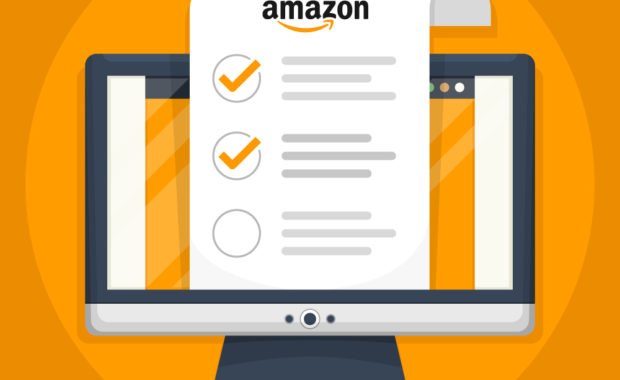In the dynamic world of business, where attracting and retaining customers is the heartbeat of success, investing in a robust customer acquisition strategy becomes not just important but pivotal. For B2C brands, this strategy isn’t just a checkbox; it’s the very essence of their marketing initiatives. They stand at the crossroads where tradition meets innovation, recognizing that while tried-and-true methods are the foundation, the ever-changing landscape demands a fresh perspective—a stylish remix of the classics.
B2C customer acquisition is the linchpin, the gateway to creating a customer base that not only fuels short-term growth but lays the foundation for enduring relationships. B2C brands acknowledge this, making customer acquisition their numero uno marketing initiative. However, in this fast-paced arena, strategies, much like fashion trends, have a way of evolving. What once captivated the audience may now seem commonplace. The challenge lies not just in adhering to the familiar but in reinventing the approach, putting a contemporary spin on iconic methods.
Marketing is akin to a fashion designer crafting a new collection—retaining the essence of what works while infusing creativity and innovation. Whether it’s through leveraging emerging technologies, embracing data-driven insights, or redefining storytelling, the goal is to ensure that the customer acquisition strategy remains not just effective but captivating. As B2C brands step into the limelight of customer acquisition, they understand that the runway is dynamic, and staying en vogue requires constant evolution and the courage to breathe new life into the timeless art of attracting and retaining customers.
Win Customers With Proven Strategies
For B2C startups navigating the competitive landscape, a successful customer acquisition strategy is the compass that points toward sustainable growth. Here are five proven strategies that have consistently delivered results:
Content Marketing Brilliance
Develop engaging and valuable content that speaks directly to your target audience. Whether through blog posts, videos, or social media, content marketing establishes your brand as an authority in your industry, attracting and retaining customers over the long term.
Social Media Mastery
Leverage the power of social media platforms to connect with your audience. Create compelling content, engage in conversations, and utilize targeted advertising to reach potential customers where they spend their time online.
Referral Programs With A Twist
Encourage satisfied customers to become brand advocates through innovative referral programs. Offer incentives that go beyond the traditional discounts, providing unique perks or exclusive access to foster a sense of community around your brand.
Influencer Collaborations
Partner with influencers who resonate with your target demographic. Authentic collaborations can introduce your brand to a wider audience and build credibility through trusted voices in your industry.
Seamless User Experience
Ensure that your website and overall user experience are seamless and intuitive. A user-friendly interface, easy navigation, and a secure purchasing process contribute to positive customer experiences, enhancing the likelihood of acquisition and retention.
Conclusion:
Regardless of the strategies employed by B2C startups, the heartbeat of sustainable growth lies in recognizing and appreciating the customers’ significance. Beyond the intricacies of marketing tactics and engagement strategies, the fundamental principle is clear—prioritize customer value.
Read Also:

























